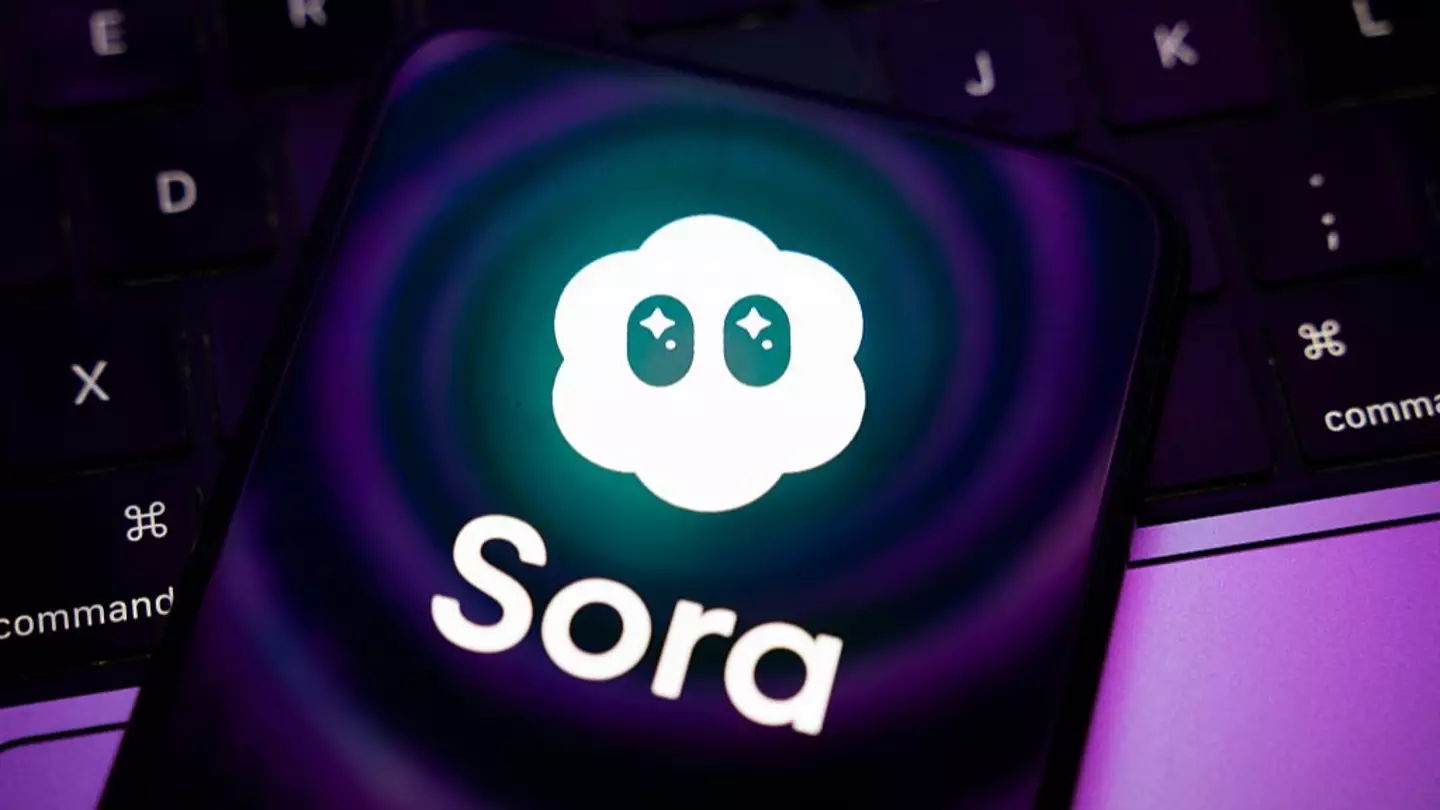A technology leader has highlighted an industry that might be severely impacted by OpenAI’s new video creation tool, Sora 2.
If you’ve been browsing the internet recently, you’ve likely come across a variety of short-form videos.
One might feature Stephen Hawking humorously defeating two wrestlers.
Or you might have seen Michael Jackson engaging in rap, or Spongebob Squarepants involved in some unconventional cooking.
These are products of experimentation with OpenAI’s latest video-generation tool, Sora 2.
Developed by the creators of ChatGPT, this updated model transforms user-written prompts into short video clips, complete with audio.
Launched in the US and Canada on September 30, Sora 2 quickly produces videos featuring synchronized dialogue, ambient sounds, and effects.
This tool also functions as a social media platform, though currently accessible by invitation only. Despite the limited access, some of its more peculiar creations have made their way to the broader internet.
The capabilities of Sora 2 are undoubtedly impressive, albeit slightly unnerving, and while it’s evident these are AI-generated, rapid technological advancements might soon blur the boundaries between reality and AI creation.
Félix Balmonet, CEO of the AI 3D modeling start-up Chat3D, expressed concern about how video-generation technologies like Sora 2 could impact certain industries.
A couple of years ago, insufficient AI regulation played a role in the 2023 Hollywood strikes.
Now, with AI actress Tilly Norwood gaining attention, concerns are resurfacing about AI potentially replacing human actors.
Reflecting on past Hollywood strikes, Balmonet noted, “I know a lot of people were pretty surprised at the time to see these strikes, because the technologies were not that advanced.”
He added, “And so a lot of actors, for instance, did not feel concerned about this, but now they do.”
Balmonet further commented that with Sora 2’s advancements, actors might again worry about AI’s implications for their field.
“There is a bunch of new agencies that are considering creating their own models to license them and sell their image to different brands,” he mentioned.
Despite these developments, the strong resistance from well-known actors suggests they might not face immediate threats.
However, Balmonet cautioned that significant shifts ‘may be coming in the future.’
Balmonet anticipates the ‘biggest threat’ to be for those working in movie visual effects (VFX).
“It’s extremely expensive, and these kind of technologies, such as Sora 2, are just reducing [the cost] to almost zero,” he said.
Moreover, generating VFX rapidly is far more efficient.
Balmonet believes the industry’s reaction to these evolving video-generation tools will be ‘very interesting to watch.’
In the 3D modeling sector, where Balmonet’s company operates, he acknowledges the complexity of the situation.
“Our vision is that the AI could not replace an artist, and we need an artist to control what the AI producing,” he explains.
Balmonet views AI as a ‘teammate’ enhancing productivity, stating: “I would say that an artist by himself will not be replaced by an AI, but an artist alone could be replaced by a human using AI.”
“And that’s the big thing.”
OpenAI has been contacted for further comments.

